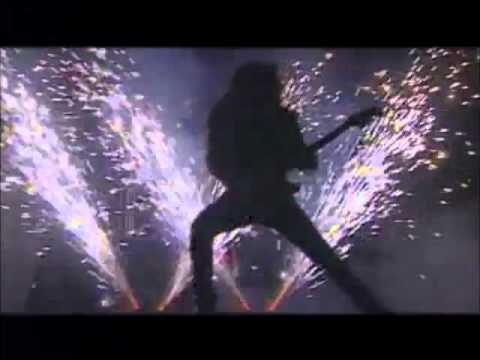I came across two interesting videos of Andy James from ~10years ago, in which he covers a certain Yngwie Malmsteen!
The picking strategies of these two players sit at (approximately) opposite ends of the spectrum: Yngwie has a strong preference for upstroke escape (USX), while Andy is pretty much your textbook downstroke escape (DSX) player**
So it’s very interesting to observe how Andy modified some of the licks to make them playable with his technique. Let’s have a look together and decode some of the most interesting bits 
I hope this will be of inspiration to many around here: even if you don’t have all the known picking techniques under your belt yet, Andy is showing us that you can still go a long way by adopting the right strategies!
** To be fair Andy is in principle able to do the occasional upstroke escape (I think?), but as far as I can see he tends to avoid it whenever possible - you may often see pulloffs in strategic places to avoid that.








